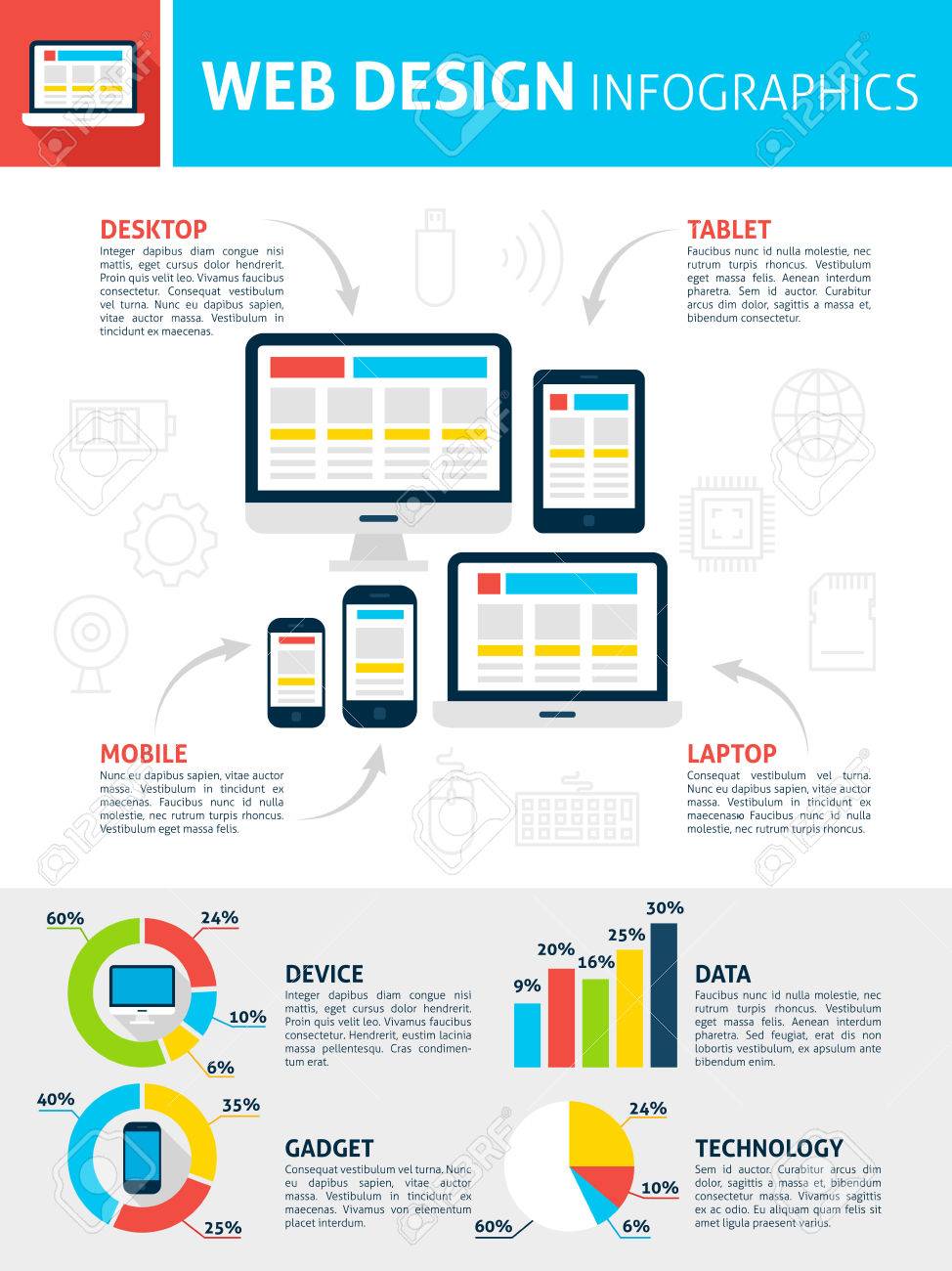Essential Web Site Style Tips: Just How To Construct A Site That Focuses On User Experience
Essential Web Site Style Tips: Just How To Construct A Site That Focuses On User Experience
Blog Article
Web Content Written By-Le Neville
When it concerns website style, making certain user-friendliness is essential. From responsive design to structured navigating, every aspect plays a vital function in producing a website that deals with your audience's needs. However what about the finer information that can make or break a user's searching experience? Stay tuned as we uncover some often-overlooked tips that can elevate your internet site's functionality to the following level, making it really stand apart in the electronic landscape.
Value of Responsive Style
Receptive style is an important facet of contemporary internet site development. Ensuring Visit Webpage is receptive means that it can adapt to different display sizes and gadgets, offering a seamless experience for individuals.
With the enhancing use of smart devices and tablet computers to access the net, having a receptive design is crucial for reaching a bigger audience. It helps in improving individual experience by making your internet site very easy to browse and continue reading any kind of gadget.
In addition, responsive layout can favorably impact your internet search engine rankings, as search engines like Google prioritize mobile-friendly websites. By having a responsive style, you're likewise future-proofing your web site, as new gadgets with varying display sizes remain to emerge.
Simplify Navigation Framework
To enhance individual experience and facilitate easy accessibility to details on your site, improving the navigating framework is vital. When creating your site, focus on producing a clear and instinctive navigation menu that assists site visitors locate what they're searching for rapidly.
Limitation the variety of food selection products to the essentials, grouping associated pages together to prevent overwhelming users. Usage descriptive tags that plainly suggest the content of each web page, making it simpler for customers to understand where each link will take them.
Take into consideration implementing dropdown menus for subcategories to avoid jumbling the main navigation bar. In addition, include a search bar prominently on the web page for users that prefer looking for particular info.
Focus on mobile responsiveness in your navigating design to guarantee easy accessibility on all gadgets.
Maximize Page Load Rate
Improving page tons speed is vital for preserving site visitors on your internet site. Slow-loading pages irritate customers and can result in high bounce rates. To optimize web page load speed, start by optimizing photos. Compress photos without endangering high quality to decrease their data sizes.
Additionally, make it possible for browser caching to save often accessed resources in your area, accelerating load times for returning site visitors. Minify CSS, JavaScript, and HTML data by getting rid of unnecessary characters, remarks, and format, boosting tons speed.
Think about making use of a material distribution network (CDN) to distribute your web site's material across numerous web servers worldwide, decreasing latency for users accessing your website from various places. Last but not least, limit making use of third-party manuscripts and plugins, as they can substantially influence load times.
Verdict
In conclusion, by incorporating receptive design, streamlining navigation, and maximizing page lots speed, you can create a straightforward website that appeals to a larger audience and enhances customer experience. These essential elements make sure that site visitors can quickly access and browse your site across different gadgets, resulting in increased interaction and satisfaction. By focusing on these key aspects, you can build a successful web site that keeps individuals coming back for more.
